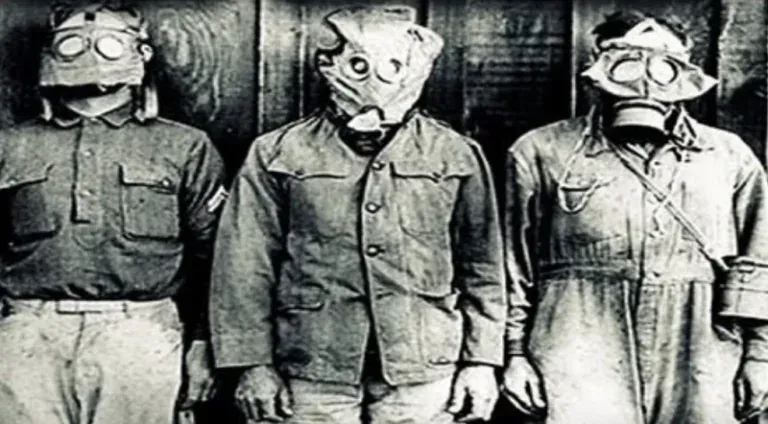Josephin Myrtle Corbin
Josephin Myrtle Corbin was born in Clabourne, Texas, in 1868.
She suffered from an extremely rare anomaly: she was born with four legs. Moreover, she had two genital apparatuses, one of which belonged to a conjoined twin that did not fully develop in the womb.
Although malformed, the small body of her twin developed completely only from the waist down and had only three toes on each foot. In practice, the woman had two pelvises and two separate bodies from the waist down.
The birth of conjoined twins is a very rare occurrence. This event is caused by the delayed division of the embryo.
Such twins are exclusively monozygotic, and depending on the parts where they are joined and the organs they share, they are classified into different types.
Even rarer is the case of the so-called “parasitic twin,” in which one of the two embryos forms inside the other or does not develop completely.
In practice, one twin takes over and “absorbs” the other.
But the case of Josephine Myrtle Corbin is even more complex: it was the result of an even rarer form in the realm of twinning, known as Dipygus, which gave her two complete bodies from the waist down.
The division of her body started from the third lumbar vertebra. From there, everything doubled: one side was less developed than the other, but both were complete. Myrtle could have become pregnant from either pelvis.
At the age of 19, she married Clinton Bicknell, a doctor with whom she had several children.
An interesting fact to note is that, having two pelvises, she could become pregnant from either side. For this reason, during her life, she had five children.
Three pregnancies developed on the right side and two on the left. In each case, everyone recommended that she have an abortion, as it could seriously endanger her life.
She was considered a very popular attraction. Her popularity was likely due to her talent for showmanship, as she was known for dressing all her limbs with matching stockings and shoes, ensuring everything was perfectly coordinated.
She worked for P.T. Barnum and the Ringling Brothers Circus, as during the Victorian era, people with deformities were not discriminated against. They would showcase themselves in the biggest circuses of the time, such as the Ringling Bros and Barnum & Bailey Circus, seeking fame.
In a way, it was fortunate that there were opportunities to “put on a show” through one’s deformity; otherwise, people unable to walk or perform the most basic daily activities would surely have died from neglect.
In the 1800s and the first half of the 1900s, the so-called “freaks” were popular in circuses—men with various deformities who performed as sideshow attractions and became true celebrities of their time.
She died on May 6, 1928, just before her sixtieth birthday, due to an infection that compromised her right leg. Myrtle Corbin was proof that even in the 19th century, a woman with a severe disability could have a successful career, be a wife, and be a mother.
Subscribe to our YouTube channel







